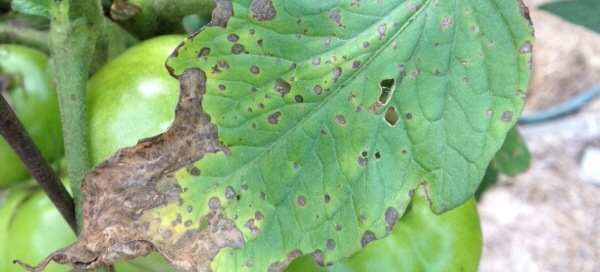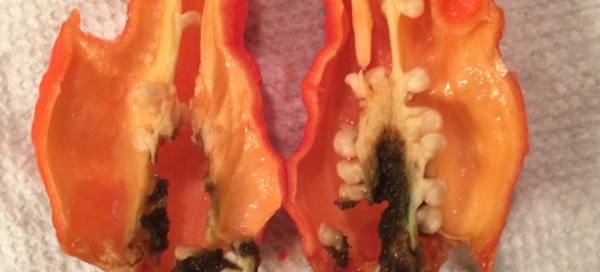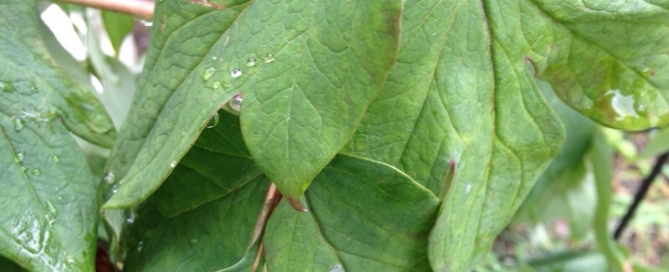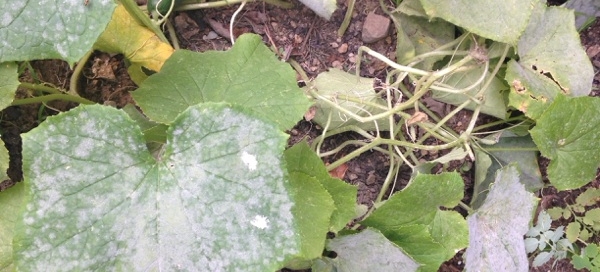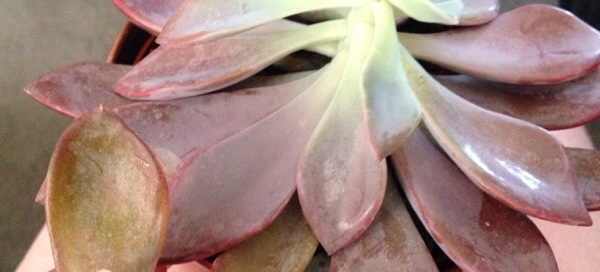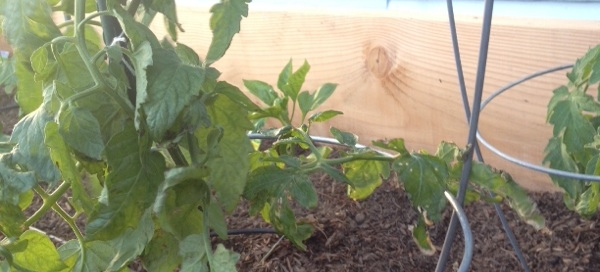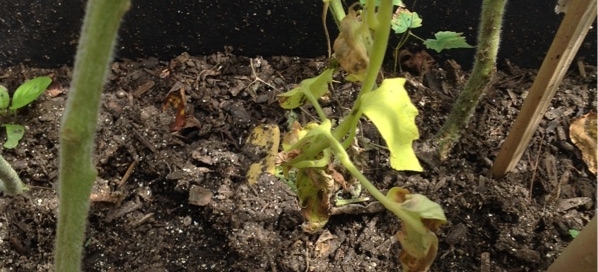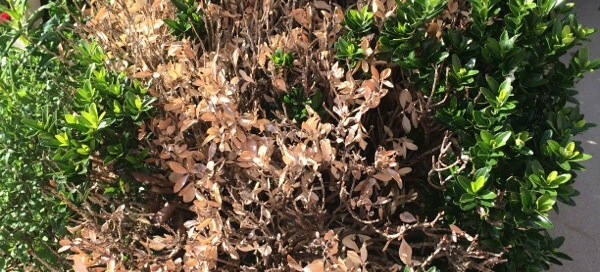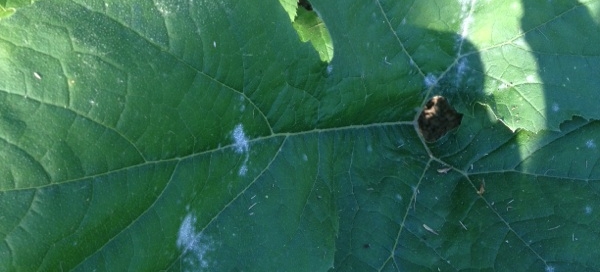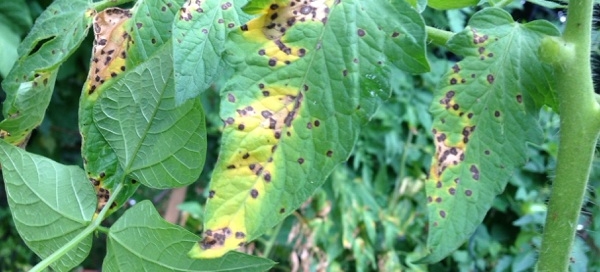Leaf Spot On Tomato
Your leaf spot could be a couple of different fungal problems and without culturing in a lab it's impossible to say which one you have. This might be septoria leaf spot, or it could be the beginnings of early blight, or another fungus - but the response to all three is the same.
1. When you water be sure to water deeply less often, and not to get the foliage wet if you can help it. Watering with soaker hoses is a good way to water tomatoes. Avoid watering in the evening so that the foliage stays wet all night - water in the morning if you are using sprinklers, and water every four to six days instead of every other day, for example.
2. Pick off the worst of the spotted leaves and throw them out. In future years be on the lookout and start removing spotted foliage early.
3. Start spraying with one of the organic fungicides such as Actinovate, sulfur or copper. Use according to directions. This won't "cure" the problem but can protect undamaged foliage and fruit until frost. In future years start spraying before plants have a problem and spray regularly according to the directions on the label.
4. Since most fungi are air born AND overwinter in the soil, mulch around your newly planted tomatoes as soon as they are planted to prevent spores from splashing from the ground to the plants in future years. There is no soil treatment you can use to kill harmful fungi that doesn't also kill the beneficial fungi, so don't consider treating the soil with fungicides - they don't work.
5. When you clear out the garden this fall either throw out the old tomato foliage and old fruit or burn it - don't leave it in the garden over the winter.
Fungal diseases are something all northeast gardeners dance with when growing tomatoes - given the treatments above, however, there is no reason you can't grow tasty, organic tomatoes all summer until hard frost. A freshly picked tomato is worth all our efforts.
